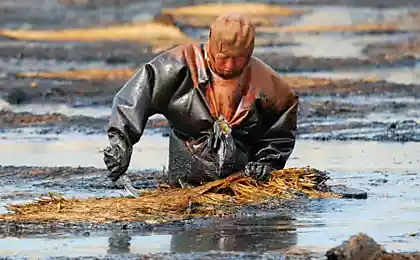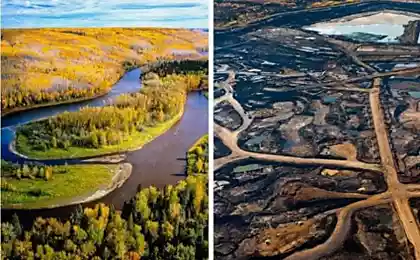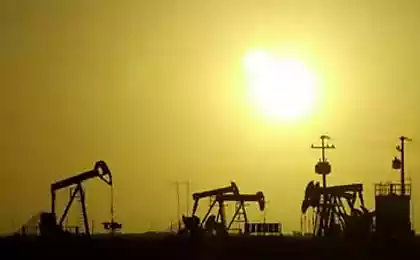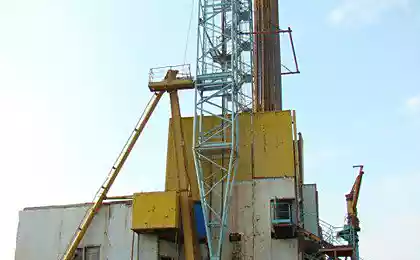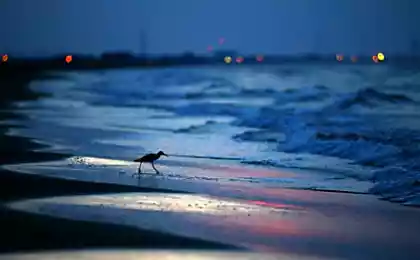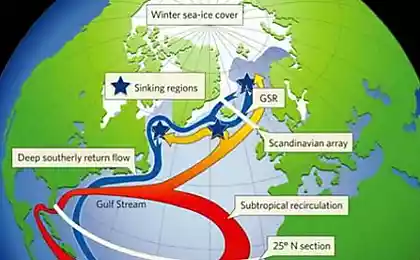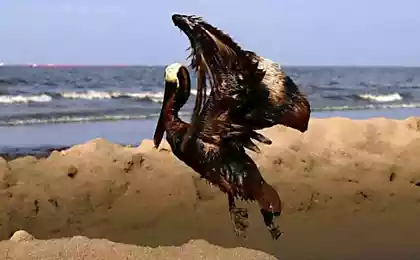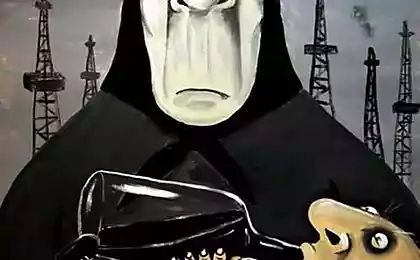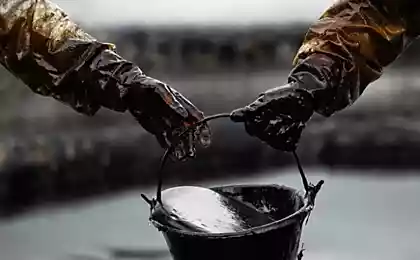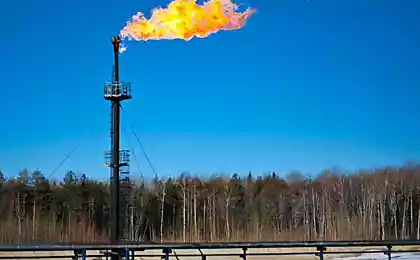736
The autopsy showed that the oil in the Gulf do not need nature
Dead olive ridley sea turtle Kemp lies belly up on the dissecting table, discolored decomposition, but marked with bright orange spray - a sign that it is an instance of research on how affected by the ongoing oil disaster in the Gulf of Mexico on the local fauna.
Under the experienced hand of Dr. Brian Stacy, a veterinary pathologist, his career has penetrated nearly a thousand turtles, the sample begins to uncover its secrets. First he removed the abdominal plate armor, and was seen shriveled mess of entrails floating in fetid mire of red - the expansion is already in full swing. Abundant reserves of fat show that the animal good feeling before the disaster struck. Then Dr. Stacy reveals the esophagus, and becomes visible to the last meal of turtle - a handful of shrimp.
12 photo + letter

"Shrimp is not part of the normal diet of olive turtles" - says Stacey.
This turtle found floating belly up in one of the ducts of the Mississippi on June 18 among the hundreds of other dead animals, the scientists collected along the Gulf Coast after the accident at an oil rig Deepwater Horizon. The washed oil marked tags and sealed in plastic bags, carcasses of dead animals are formed along the coast in the refrigerator and wait for researchers, such as Dr. Stacy, who works at the National Research of the World Ocean and Atmospheric Administration (NOAA). Scientists have found a specific cause of death of animals.
It would seem that the answer to the stupid simple - oil. But it is not so simple. Most of the animals found dead - 1,866 birds, 463 turtles, 59 dolphins and one sperm whale - show no signs of immediate oil pollution. In the case of turtles are many indications that the turtles were caught shrimp, but it is also possible poisoning vapors or smoke of burning oil, oil-contaminated food, dispersants or other substances vospomogatelnymi and death due to the disease.
Attempts to establish the perpetrators of the disaster led to the deployment of a large-scale investigation. Body of the turtles went to the Mississippi coast guard boats on research in toxicology lab in Lubbock, Texas and zoological autopsy room at Florida University in Gainesville. Spectral analysis will establish whether traces of oil found in dead animals, oil from wells the company British Petroleum.
The result of the study will help determine how many millions of dollars in fines to pay British Petroleum - and for the loss of rare species, such as sea turtles, penalties are particularly high - and will gather a lot of valuable information about the little-known effects of oil on legally protected species of marine life the Gulf of Mexico.
2. Hunter shrimp aboard the boat "Lucky Baby», which inspected the Coast Guard for poaching sea turtles (standard procedure). Most of the dead animals found in the Gulf of Mexico, had no obvious signs of oil pollution. (Chris Bickford / The New York Times)

3. Dr. Brian Stacy, a veterinarian and pathologist NOAA, pictures of a dead sea turtle found in the mouth of the Mississippi, before opening it. (Nicole Bengiveno / New York Times)
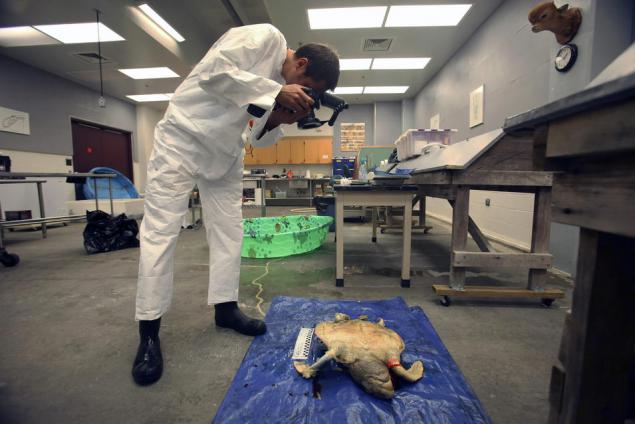
4. Abdominal plate armor turtle away, visible internal organs. (Nicole Bengiveno / New York Times)
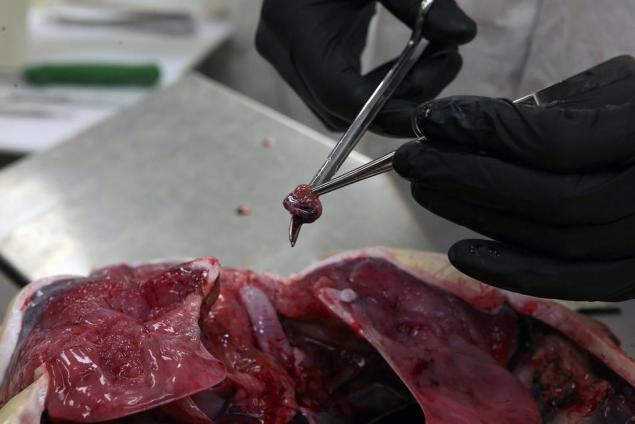
5. Biologist Jennifer Muller helps the doctor to do an autopsy Stacy sea turtle. (Nicole Bengiveno / New York Times)

6. Lieutenant Donald Arms from the Mississippi Coast Guard conducts routine inspections of fishing boats for poaching sea turtles. (Chris Bickford / The New York Times)
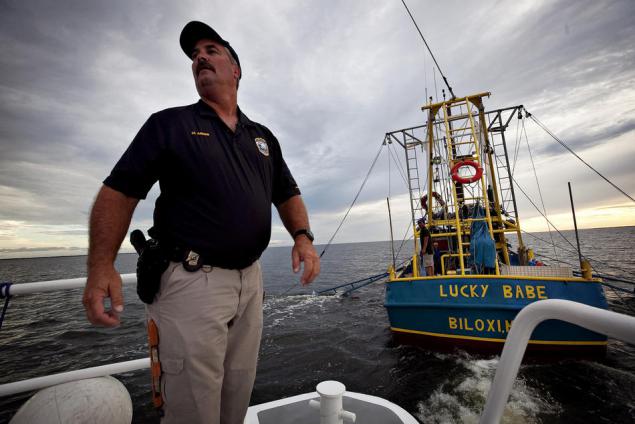
7. Toxicity Test oil: oil is applied to the unfertilized egg to learn the embryotoxic effects of oil on the eggs, and the eggs of sea creatures. Experiments on toxicity can not be carried out directly on marine mammals and turtles, it's protected species. (Rex C. Curry / The New York Times)
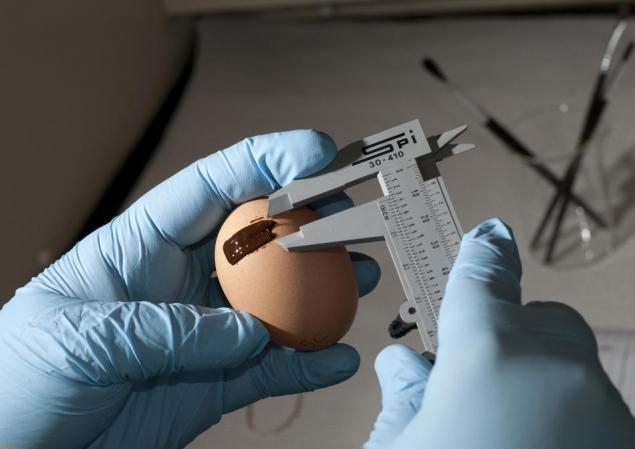
8. Blue Crab named Lefty gets used to his aquarium, and is preparing to face the troubles: soon the water will add crude oil from the Gulf of Mexico. The experiment was conducted at Texas Tech University in Lubbock. (Rex C. Curry / The New York Times)
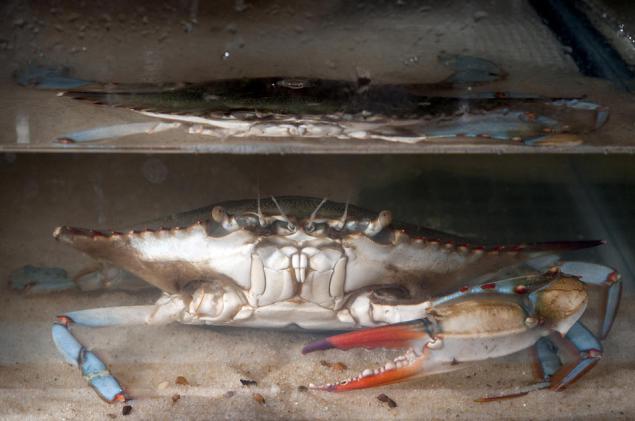
9. Jennifer Cole, a graduate student at Texas Tech University, dolphin cuts a tissue sample taken through the biopsy, a 0.3-millimeter strips. To study the effect of toxins on marine mammals and turtles can be only samples of their tissues, because it is a protected species. (Rex C. Curry / The New York Times)

10. Graduate student Jennifer Cole keeps living dolphin tissue samples taken by a biopsy. (Rex C. Curry / The New York Times)
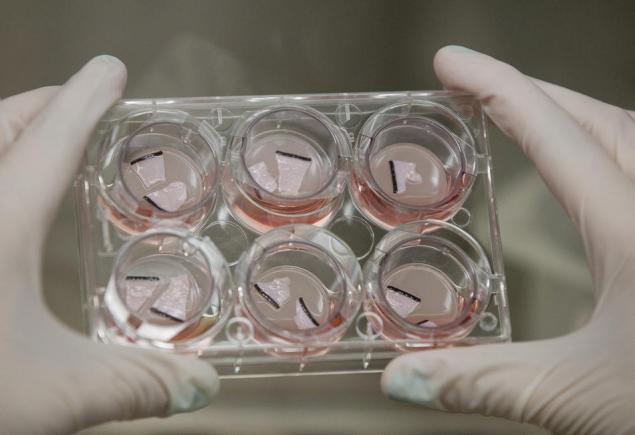
11. The washed oil marked tags and sealed in plastic bags, carcasses of dead animals put into special refrigerators along the coast and waiting for researchers, such as Dr. Stacy, who works at the National Research of the World Ocean and Atmospheric Administration (NOAA). Scientists have found a specific cause of death of animals. (Nicole Bengiveno / New York Times)

12. Dr. Brian Stacy, a veterinarian and pathologist National Directorate of Research of the World Ocean and Atmospheric Administration (NOAA), comes from the laboratory of one of the branches of the University of Florida in Gainesville. (Nicole Bengiveno / New York Times)
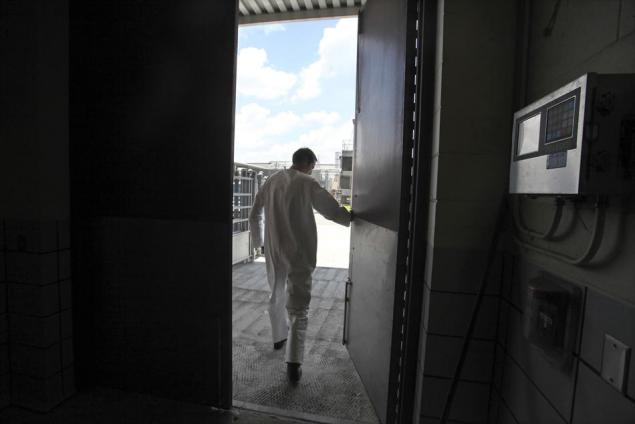
Source:
Under the experienced hand of Dr. Brian Stacy, a veterinary pathologist, his career has penetrated nearly a thousand turtles, the sample begins to uncover its secrets. First he removed the abdominal plate armor, and was seen shriveled mess of entrails floating in fetid mire of red - the expansion is already in full swing. Abundant reserves of fat show that the animal good feeling before the disaster struck. Then Dr. Stacy reveals the esophagus, and becomes visible to the last meal of turtle - a handful of shrimp.
12 photo + letter

"Shrimp is not part of the normal diet of olive turtles" - says Stacey.
This turtle found floating belly up in one of the ducts of the Mississippi on June 18 among the hundreds of other dead animals, the scientists collected along the Gulf Coast after the accident at an oil rig Deepwater Horizon. The washed oil marked tags and sealed in plastic bags, carcasses of dead animals are formed along the coast in the refrigerator and wait for researchers, such as Dr. Stacy, who works at the National Research of the World Ocean and Atmospheric Administration (NOAA). Scientists have found a specific cause of death of animals.
It would seem that the answer to the stupid simple - oil. But it is not so simple. Most of the animals found dead - 1,866 birds, 463 turtles, 59 dolphins and one sperm whale - show no signs of immediate oil pollution. In the case of turtles are many indications that the turtles were caught shrimp, but it is also possible poisoning vapors or smoke of burning oil, oil-contaminated food, dispersants or other substances vospomogatelnymi and death due to the disease.
Attempts to establish the perpetrators of the disaster led to the deployment of a large-scale investigation. Body of the turtles went to the Mississippi coast guard boats on research in toxicology lab in Lubbock, Texas and zoological autopsy room at Florida University in Gainesville. Spectral analysis will establish whether traces of oil found in dead animals, oil from wells the company British Petroleum.
The result of the study will help determine how many millions of dollars in fines to pay British Petroleum - and for the loss of rare species, such as sea turtles, penalties are particularly high - and will gather a lot of valuable information about the little-known effects of oil on legally protected species of marine life the Gulf of Mexico.
2. Hunter shrimp aboard the boat "Lucky Baby», which inspected the Coast Guard for poaching sea turtles (standard procedure). Most of the dead animals found in the Gulf of Mexico, had no obvious signs of oil pollution. (Chris Bickford / The New York Times)

3. Dr. Brian Stacy, a veterinarian and pathologist NOAA, pictures of a dead sea turtle found in the mouth of the Mississippi, before opening it. (Nicole Bengiveno / New York Times)

4. Abdominal plate armor turtle away, visible internal organs. (Nicole Bengiveno / New York Times)

5. Biologist Jennifer Muller helps the doctor to do an autopsy Stacy sea turtle. (Nicole Bengiveno / New York Times)

6. Lieutenant Donald Arms from the Mississippi Coast Guard conducts routine inspections of fishing boats for poaching sea turtles. (Chris Bickford / The New York Times)

7. Toxicity Test oil: oil is applied to the unfertilized egg to learn the embryotoxic effects of oil on the eggs, and the eggs of sea creatures. Experiments on toxicity can not be carried out directly on marine mammals and turtles, it's protected species. (Rex C. Curry / The New York Times)

8. Blue Crab named Lefty gets used to his aquarium, and is preparing to face the troubles: soon the water will add crude oil from the Gulf of Mexico. The experiment was conducted at Texas Tech University in Lubbock. (Rex C. Curry / The New York Times)

9. Jennifer Cole, a graduate student at Texas Tech University, dolphin cuts a tissue sample taken through the biopsy, a 0.3-millimeter strips. To study the effect of toxins on marine mammals and turtles can be only samples of their tissues, because it is a protected species. (Rex C. Curry / The New York Times)

10. Graduate student Jennifer Cole keeps living dolphin tissue samples taken by a biopsy. (Rex C. Curry / The New York Times)

11. The washed oil marked tags and sealed in plastic bags, carcasses of dead animals put into special refrigerators along the coast and waiting for researchers, such as Dr. Stacy, who works at the National Research of the World Ocean and Atmospheric Administration (NOAA). Scientists have found a specific cause of death of animals. (Nicole Bengiveno / New York Times)

12. Dr. Brian Stacy, a veterinarian and pathologist National Directorate of Research of the World Ocean and Atmospheric Administration (NOAA), comes from the laboratory of one of the branches of the University of Florida in Gainesville. (Nicole Bengiveno / New York Times)

Source:




